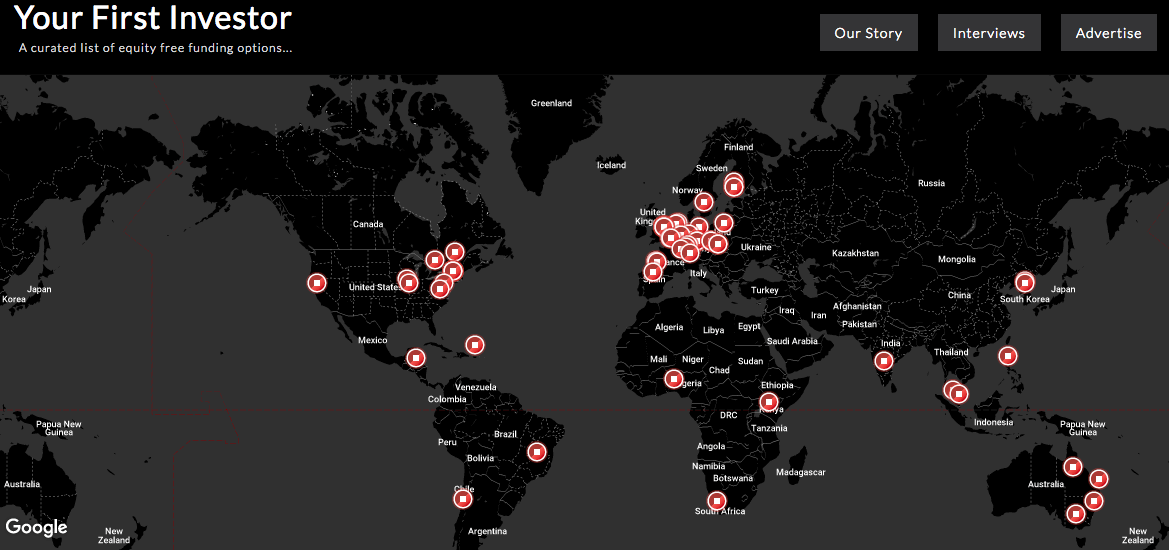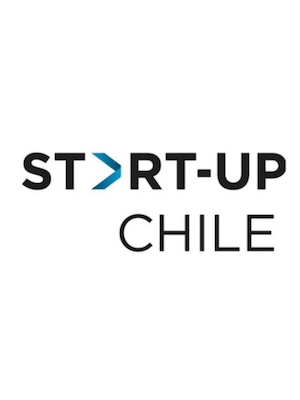As a founder with ideas (and maybe even a prototype or an existing product), one of the biggest concerns is where to find equity free funding for your startup. If you don’t understand the meaning behind equity free funding, read this.
At Investocracy, we have curated some sources where you can find equity free funding. Most of these sources require an online application followed by in person meetings with the funding organizations.
One handy tool we found to find list of organizations providing equity free funding is – Your First Investor
Your first investor is a curated list of equity free funding options. They list organizations from around the world who are willing to nurture and grow startups without taking any equity in return. If you’d like to see a consolidated (older) list, check this out.

A guide on how an entrepreneur raised equity-free from Chile’s `Startup Chile` program can be found here. Some of the resources mentioned are:
- YouNoodle — the platform unites both equity-free and for-equity opportunities. Moreover, you can subscribe for its Facebook page; however, check programs at the website because in Facebook not all the opportunities are announced.
- F6S — the platform which unites both equity-free and for-equity opportunities, lists of startups and founders, open positions at different companies. So, it’s like a mix of angel.co, YouNoodle, and some job portal. Here’s a link to their Facebook page.
- Gust — it is not designed so much to ‘raise investment’, such as with a crowdfunding platform like Seedrs or (for projects) Kickstarter. Rather, it provides a full set of tools for both startups and investors to manage their fundraising/investment activities.
PS. Google already has an equity-free accelerator program for mobile startups In Brazil, India and Indonesia. Link – https://techcrunch.com/2015/12/16/google-launchpad-accelerator/
The following recommendations might come in handy if you apply to any of equity-free funds above.
-
Get expert’s advice. If you haven’t ever participated in any programs, it’s better to fill the application to any acceleration program under the guidance of a mentor, who did it successfully at least a few times or who checked such applications as a judge. Why? Because having no experience in this sphere, you can’t estimate your application objectively and risk of failure increases considerably.
-
Contact previous participants. Before applying to any program, contact its previous participants, ask about the program’s focus and what should be included into the application. Ask about the real stage of the program’s participants because sometimes requirements are much lower than real level of successful applications. You can find such people at specialized Facebook groups or at platforms like Crunchbase or Angel.co. For instance, group with Start-Up Chile participants is here.
-
Team matters. No matter the idea, bad teams lose, perfect teams have much higher chances to win. You should convince the judges that exactly your team is the best one for accomplishment of this startup. The more confirmations of this you notice (e.g., your experience, education, working in this sphere previously, etc.), the better fit you do.
-
Think globally, act locally. Don’t apply with a startup focusing on everything at once. Concentrate on something small but say about the possibilities to grow. If your startup does everything, you won’t be able to implement all these at once, so chances to fail grow.
-
Make a perfect pitch. Don’t overtime! Don’t answer questions which were not required. Do your pitch short, clear, structured and smooth going! Ask someone to listen to it and specify what they understood from your pitch. Add your logo to video and some texting underlining the most important information of your pitch. It allows to keep audience concentrated on it.
-
Ask for feedback. Ask someone who is not aware of your idea to check your application form and pitch. Don’t explain this person anything before. If she cannot understand your idea and strengthens of your team from your application and your pitch, probably, they are made badly.
-
Make attempts to secure funding. Sometimes people are afraid to apply because are not sure whether their idea and results are worth. My advice is to make attempts. In our case we succeeded from the first time but some of our fellows got positive responses only on the 20th or the 30th time. It’s quite fair because competition is high (average, there are 20–50 applications for one place). So, improve your application, develop your product and apply again!

How and where to find equity free funding, Startup Chile is an example of a government funded organization to support entrepreneurs who want to start their businesses in Chile










